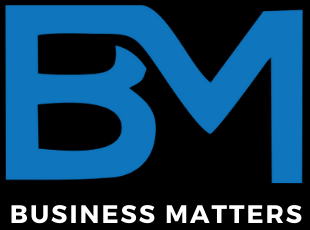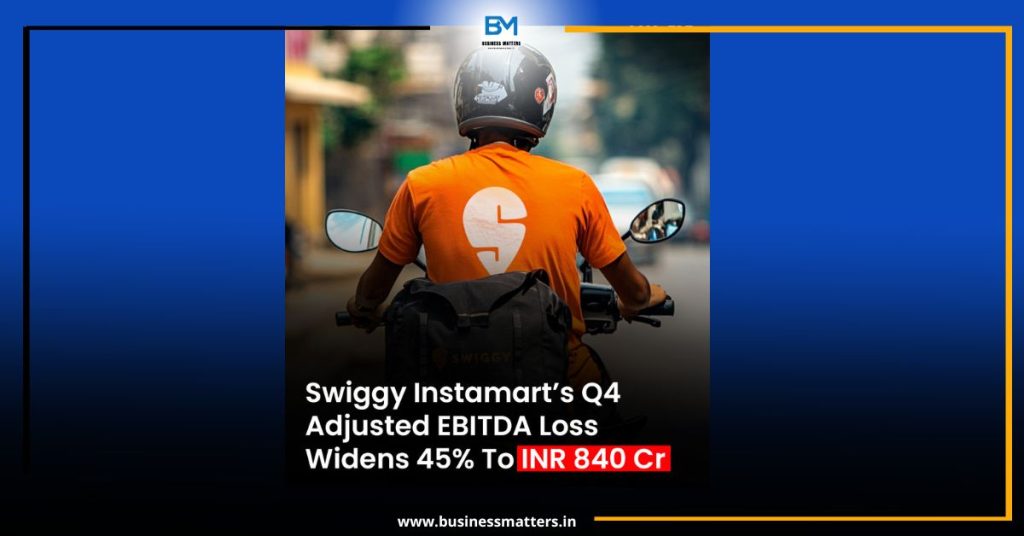Swiggy Instamart, the quick commerce arm of Indian food delivery giant Swiggy, reported a significant surge in losses for Q4 FY25, driven by increased spending on marketing and the rapid expansion of its dark store network. As competition intensifies in the fast-growing quick commerce segment, Swiggy is focusing on building scale and brand recall—moves that are proving costly in the short term.
According to financial disclosures, Swiggy Instamart’s adjusted EBITDA loss widened sharply to INR 840 crore in the fourth quarter, marking a 45.3% increase from INR 578 crore in Q3 FY25. On a year-on-year basis, the loss grew a staggering 173.6%, up from INR 307 crore in the same quarter last year.
Despite these losses, the vertical posted strong revenue growth. Operating revenue rose 19.5% quarter-on-quarter, reaching INR 689 crore in Q4 FY25 compared to INR 576.5 crore in Q3. On a YoY basis, revenue more than doubled—surging 114.8% from INR 320.7 crore in Q4 FY24.
Strategic Push into Quick Commerce Heats Up
Swiggy Instamart’s performance in Q4 FY25 underscores the company’s aggressive push into the 10-minute delivery model, as it battles for market leadership against rivals such as Blinkit (Zomato), Zepto, and BigBasket Now. With consumer demand for ultra-fast grocery and essentials delivery growing rapidly, competition among quick commerce players is resulting in heavy cash burn and discount-driven customer acquisition.
To maintain its competitive edge, Swiggy Instamart has been investing heavily in dark store expansion—infrastructure hubs that allow it to fulfill orders more efficiently. The company is also ramping up marketing campaigns and promotions to increase brand visibility, customer loyalty, and daily order volume.
Revenue Growth Suggests Strong Customer Demand
While profitability remains elusive, the revenue uptick is a sign of growing consumer adoption. Swiggy Instamart’s increasing revenue base indicates that its services are resonating with urban consumers looking for convenience and speed. The 19.5% sequential growth in revenue also suggests improved execution in high-density markets and better average order values.
Balancing Growth and Sustainability
Swiggy faces the delicate challenge of balancing rapid growth with operational sustainability. The company’s mounting losses in the quick commerce segment reflect the high costs associated with scaling a logistics-heavy business model in a price-sensitive market. However, with rising revenue and improving customer metrics, Swiggy remains optimistic about long-term profitability.
Industry analysts note that the quick commerce sector is still in its investment phase, and most players are prioritizing market share and unit economics over immediate bottom-line results. Swiggy’s strategic bets on infrastructure and customer experience could potentially pay off as the market consolidates.
Looking Ahead
As Swiggy prepares for a potential IPO in the near future, Instamart’s performance will remain a key indicator of its growth narrative. The company will need to show a path to profitability while defending its turf in the hyper-competitive quick commerce space.
With the right balance of innovation, scale, and efficiency, Swiggy Instamart could emerge as a formidable player in India’s evolving digital grocery ecosystem.


